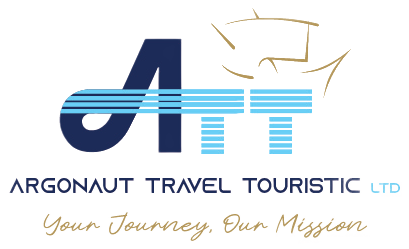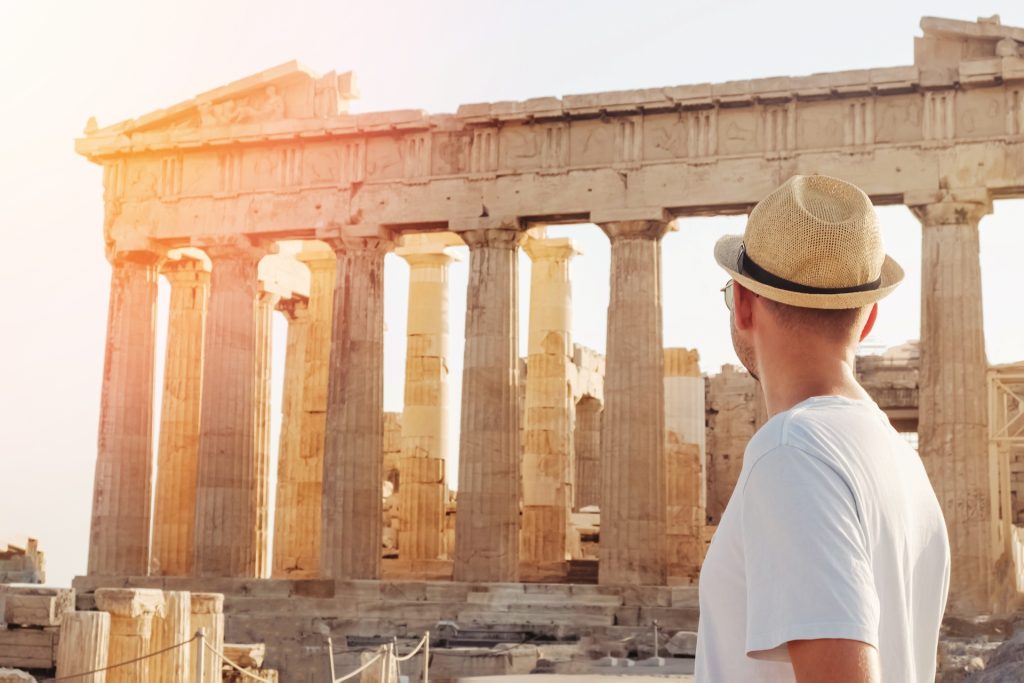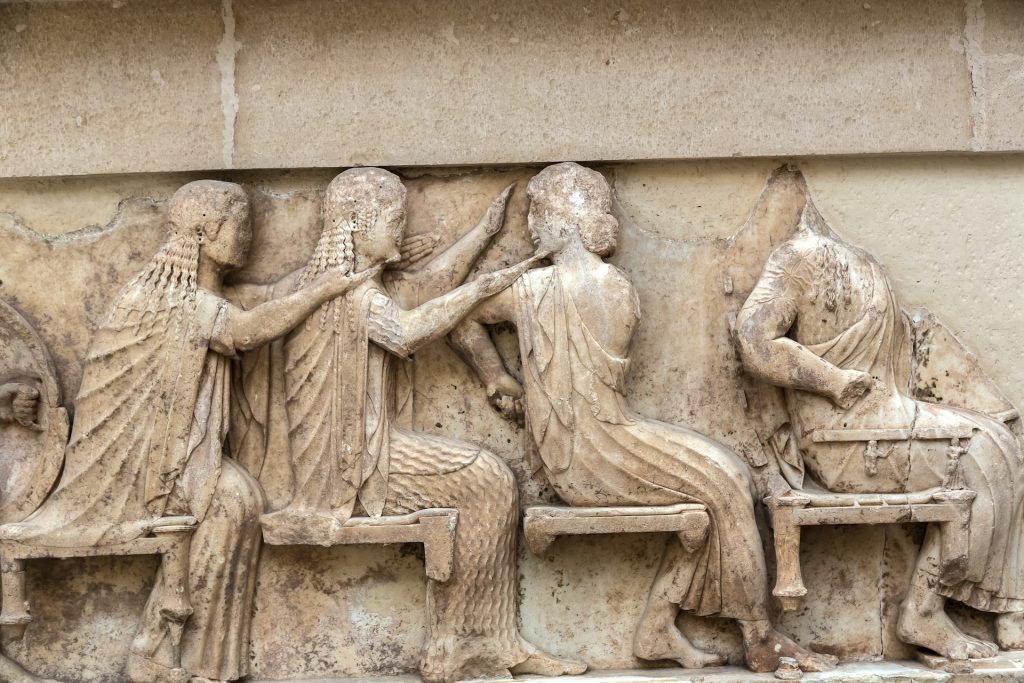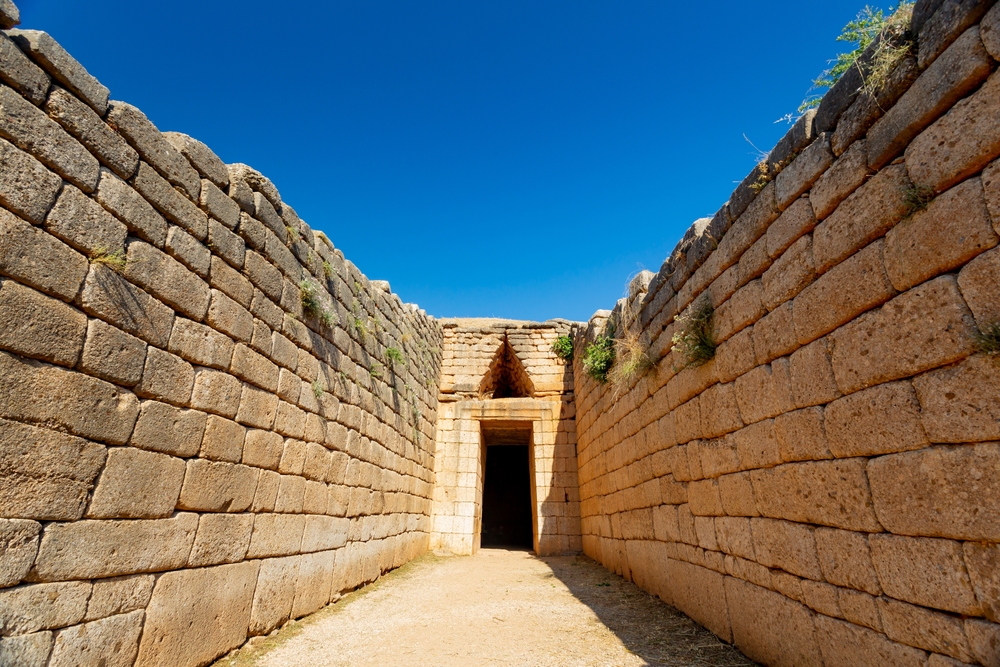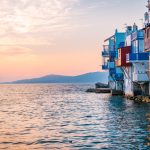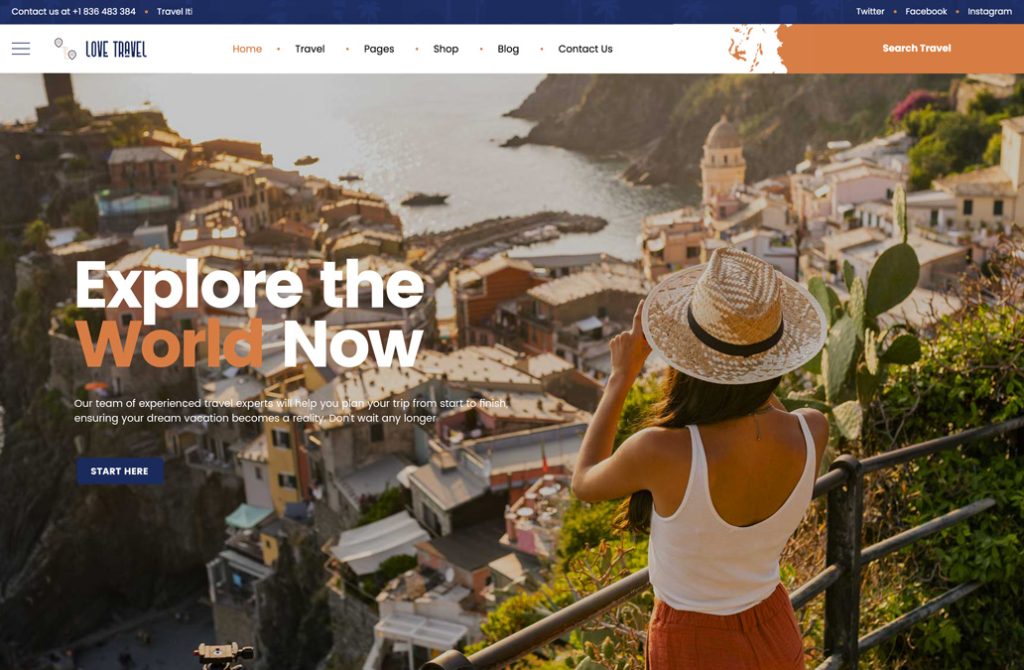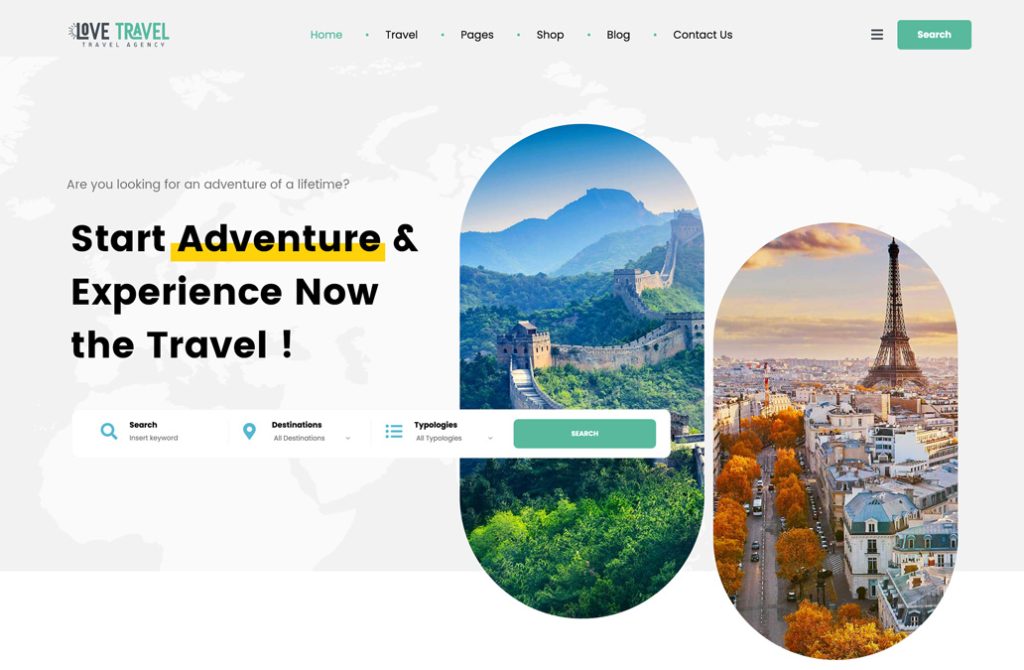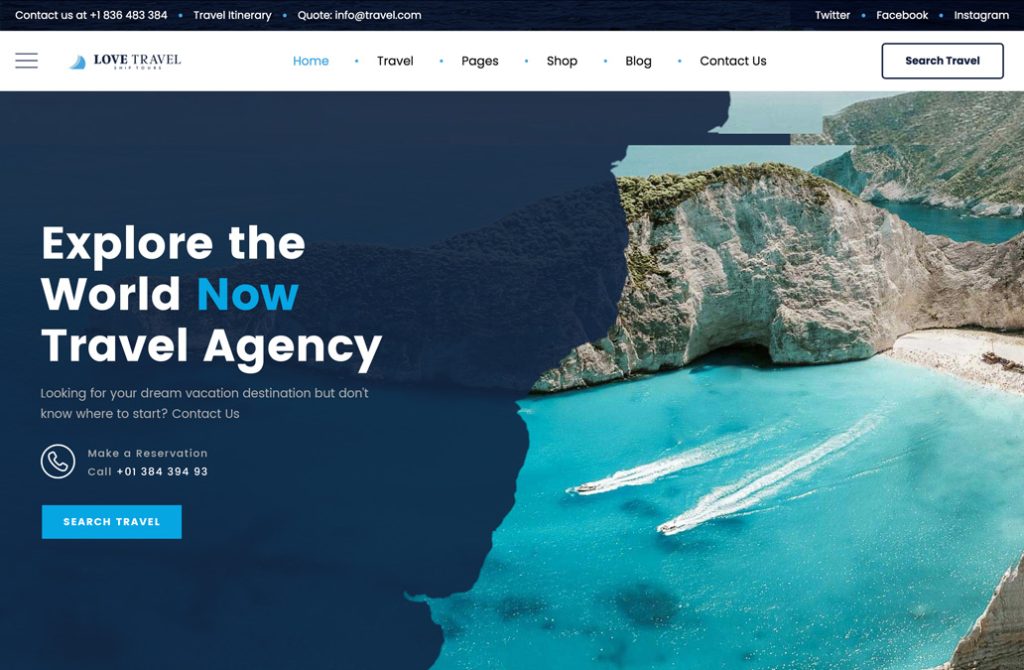The Treasures of Peloponnese
Overnights: Athens (1 overnight) – Nafplion (1 overnight) – Gythion (1 overnight) – Areopolis (1 overnight) – Kalamata (1 overnight) – Pylos (1 overnight) – Sparta (1 overnight) - Athens (1 overnight).
Included
To help you plan your trip, we have put together a list of what's included in your tour package. This will give you a clear understanding of what to expect and help you make any necessary arrangements before your journey begins.
- 9 Days Car rental with unlimited mileage, CDW insurance, taxes, delivery and drop off in downtown office, at the airport or at your city hotel
- 8 nights accommodation at the places mentioned in the above program on Bed & Breakfast basis in 3* & 2* hotels with good standards (Rates per person in double or triple room)
- Our programs are also available with 4 or 5 star hotels
Map Locations
Itinerary
We have carefully planned out each day to give you the best possible experience. Join us as we take you on a journey through some of the most fascinating destinations.
Breakfast. Upon arrival in Athens collect your car and check-in to the hotel. Balance of day at leisure. Overnight.
Breakfast. In the morning depart to Peloponnese. Drive along the coastal road of the Saronic Gulf to the Canal of Corinth that connects the Ionian Sea with the Aegean Sea (short stop). Then drive on to Mycenae, the Homeric city of the Atreidae – the city “rich in gold” of the ancient poets. Here you will see the famous Lion’s Gate, the Royal Tombs, and the Cyclopean Walls before moving on to Nafplion. Time is at leisure to discover this small picturesque town nestling at the foot of a cliff crowned by the mighty ramparts of Palamidi Fortress. In the afternoon you can visit Epidaurus, the ancient centre of worship to Asclepios, god of Medicine. Don’t miss the theatre that seated 14.000 people. Its acoustics are so perfect that the smallest whisper can be heard in the last row. Overnight in Nafplion.
Breakfast. In the morning you drive to Southern Laconia and reach the former Byzantine-Venetian fortress-state of Monemvassia. It stands on a rocky promontory and from afar it looks as if it could be an island. In Greek Monemvassia means “one entrance”: the long causeway joining it to the mainland was and is the only access to the rock. Time stopped here in the Middle Age. Castles and ramparts, old mansions, little houses, narrow lanes paved with stone slabs, churches with crumbling facades, old low archways, semi destroyed stairways. Every little detail calls up memories of Byzantium and the Venetians. Continue your journey to Gythion. Overnight in Gythion.
Breakfast. In the morning drive down to Mani – a barren land of rocks and stones, walls and prickly pears. Mani means hard stones, naked hillsides, bays and coves torn by the sea and the wind. Every so often at the edge of the sea a small hamlet sprouts up, a series of mountain village higher up. The towers of the Mani are well known. Made of stone and fearless souls. You see one tower, then another and another. Later a heavy silence falls and you see Itilo before you. Deserted beaches for solitary roaming will amaze you with their beauty. Your journey will take you down to Vathia packed with grey towers, treasures of tradition in this region. Driving up to Areopolis you will pass from typical small villages of Gerolimena, Alika, Mezapos. The village of Areopolis takes its name from Ares (Mars) god of war. The courage of the Maniots is legendary. Ancestral glory. It echoes through the cobbled alleys of the city and in the corridors of the Kapetanakis Tower (guest house). Overnight in Areopolis.
Breakfast. In the morning start your journey with a visit to the Diros Caves. Stalactites and stalagmites form figures in a tight embrace. Awe and wonder. Drive up to Kalamata, capital of Messinia district, dominated by the 13th century castle built by G. de Villehardouin. On the way you can stop in the Kastania, Stoupa, Kardamili, all small typical villages. Overnight in Kalamata.
Breakfast. Today you drive through the province of Messinia. Your journey takes you first to Koroni which medieval atmosphere is imprinted in its old mansions, churches and castles. Diaphanous water, sandy beaches and opposite the little island of Venetiko with its enchanting beaches will charm you. From here you drive now to Methoni (passing by the little villages like Finikounda) with its enormous function walls whose marble rims are furrowed by the pressure of the huge ropes over the centuries. Homer called Methoni “rich in vines” and tradition maintains that the town is so called because the donkeys (onoi) carrying its wine used to get drunk (methoun), from the heady aroma. Your journey today ends in Pylos, a pretty little town built on a hill on the South coast of the bay of Navarino. Overnight in Pylos.
Breakfast. In the morning drive first to Nestor’s Palace. Nestor took part in the Trojan War and his town was the second largest in the Mycenaean world. Built in the 13th century BC, the palace was destroyed by fire a century later. Excavations have revealed the remains of luxurious two- storey central building and two other auxiliary buildings. The buildings were divided into formal apartments, storage areas for wine and oil, tool-sheds and workshops. The central apartments, the throne room with stuccoes-clay ceremonial hearth and the queen’s quarters – were richly decorated with frescoes. Archaeologists discovered thousands of clay pots, a bathroom with terracotta bathtub and 1250 clay tablets with inscriptions in Linear B. Several beehive tombs also have been discovered in the area surrounding the palace. In the afternoon you drive up to the lovely countryside of Laconia – via Kalamata – to Mystra. As you approach you feel as though you are making a pilgrimage to Byzantine Greece. Going up the hill you will enter through the castle gate that welcomes you to wander for a while through the narrow lanes of this once invincible fortress. The Franks built the castle of Mystra in 1249 and later on G. de Villehardouin erected bastions for his knights, houses, dungeons, storerooms and courtyards. As time went by, houses were built on the hillside under the Frankish castle, and a town was born whose fate were to become the centre of civilization and the cradle of the last dynasty of the Byzantine Emperor. During its 2 centuries of Mystra existence as the Byzantine capital of Peloponnese many churches and monasteries with domes and chapels were erected, representing all the painting trends of the capital. The most important monument you meet on your way up is the cathedral of Aghios Dimitrios. Also on the northern corner stand the 2 most impressive churches, Aghii Theodori and Panaghia Odigitria. Near the highest gate you can see the 15th century Monastery of Pantanassa with its impressive church. Pantanassa today is a hospitable convent looked after by gentle nuns, the only living beings in Mystra. See also the Monastery Perivlepto, leading down to the dead city with its winding stairways, arcades, courtyards, crumbling facades. Your journey ends in Sparta, simple town built in the middle of the Evrotas river valley, in the same site where the ancient city stood. Overnight in Sparta.
Breakfast. In the morning drive back to Athens via the towns of Tripolis, Nemea and Corinth (by the National Highway). Overnight in Athens
Breakfast. Drop off car at the airport for flight back home.
